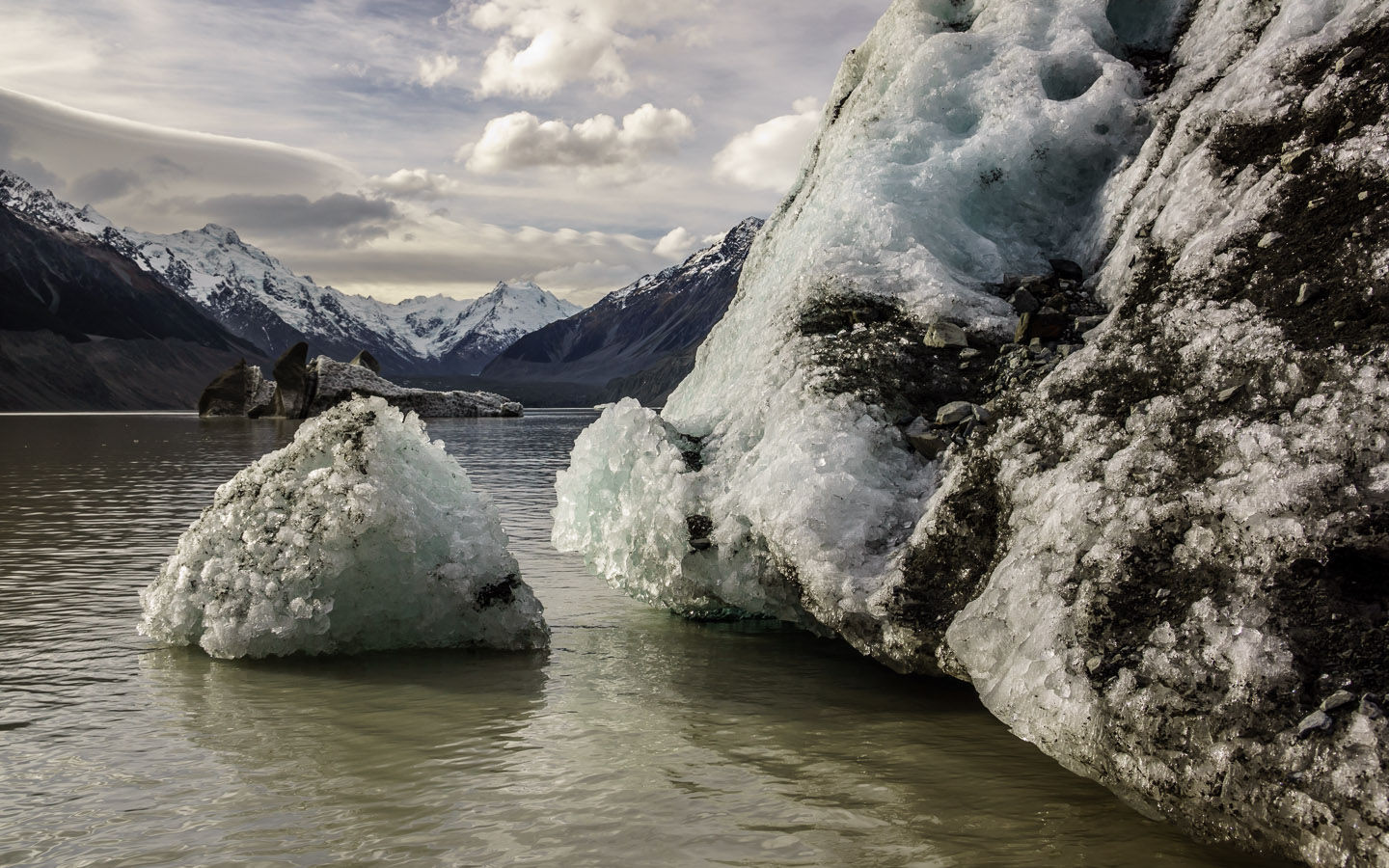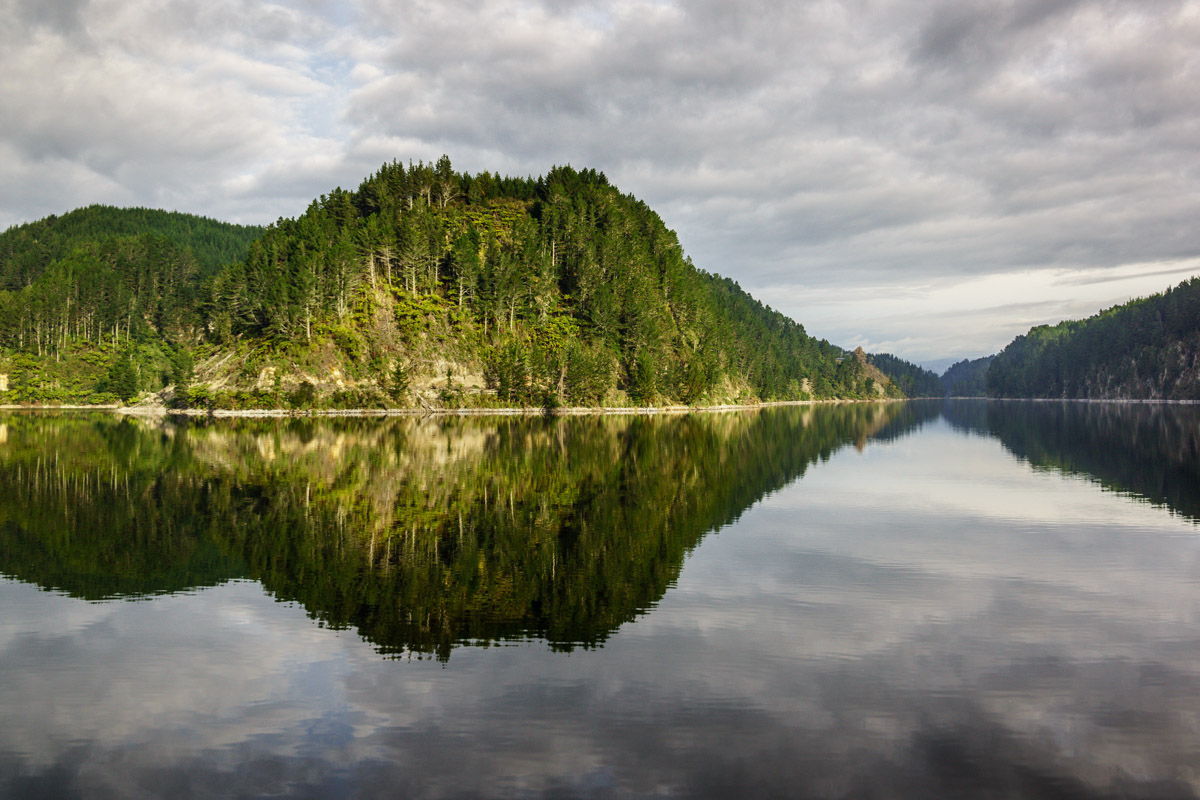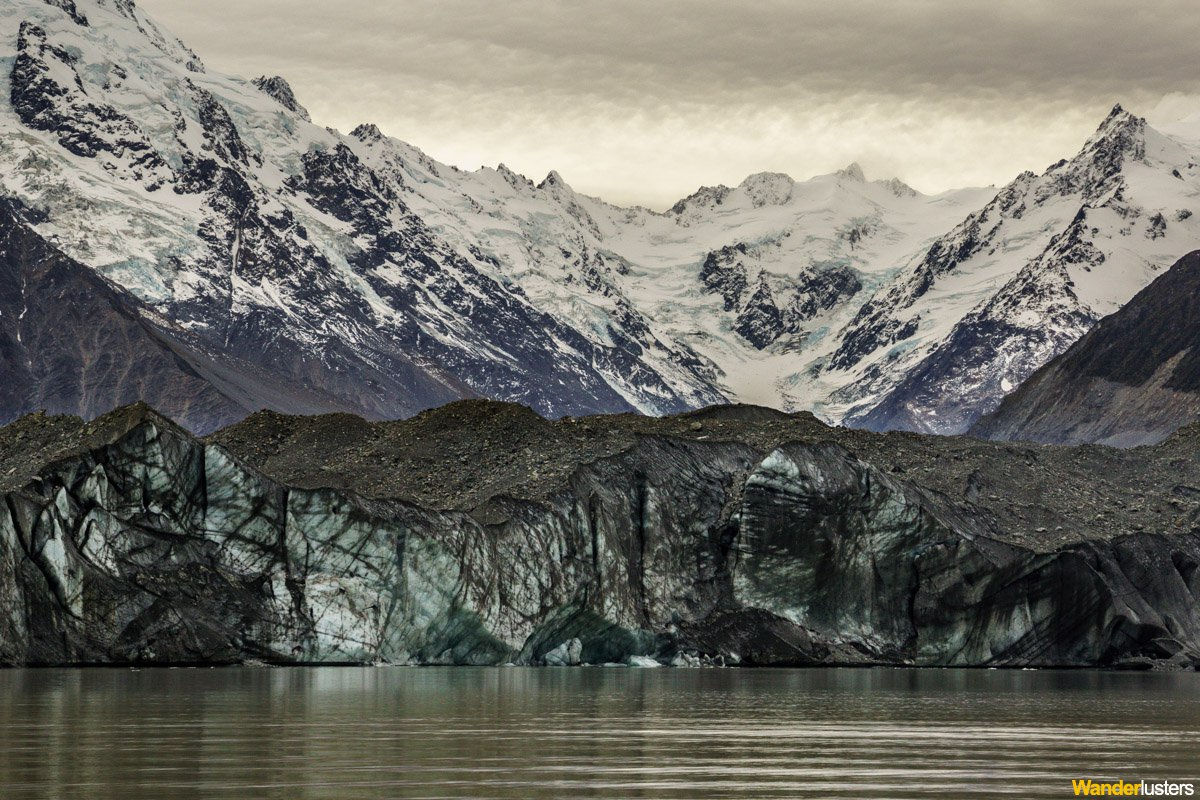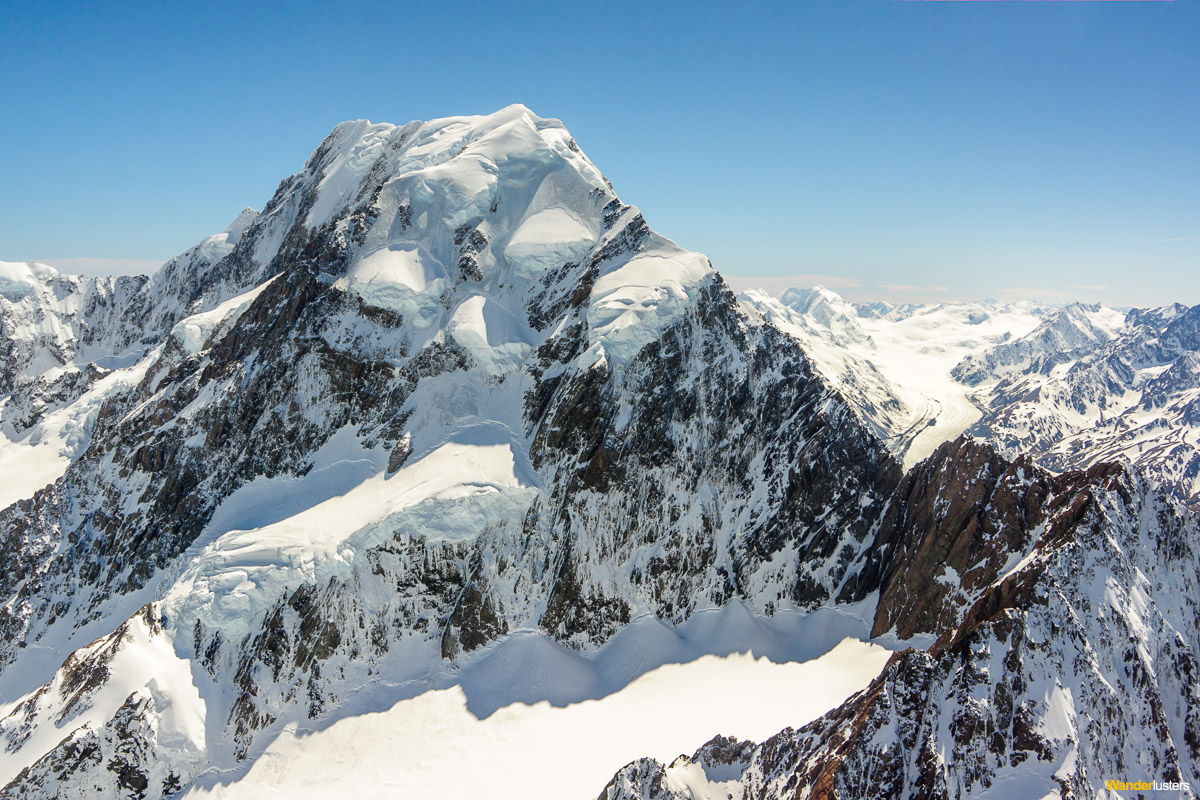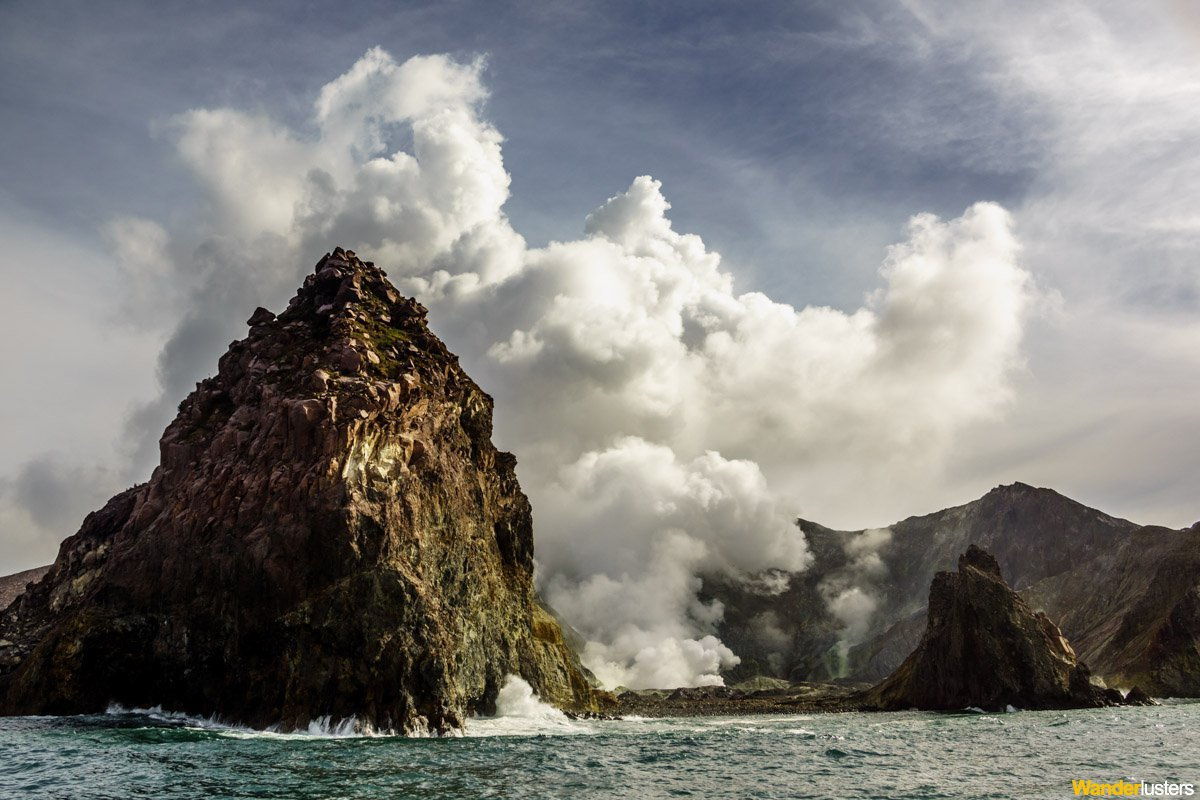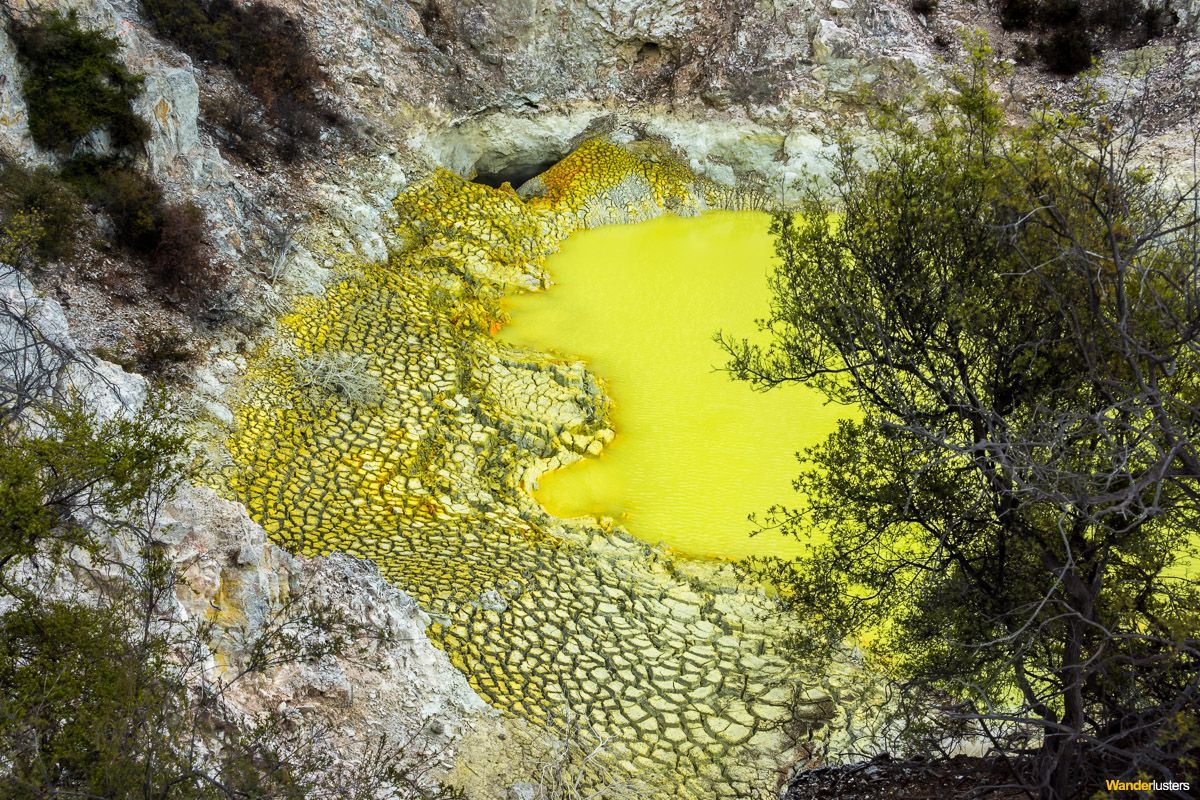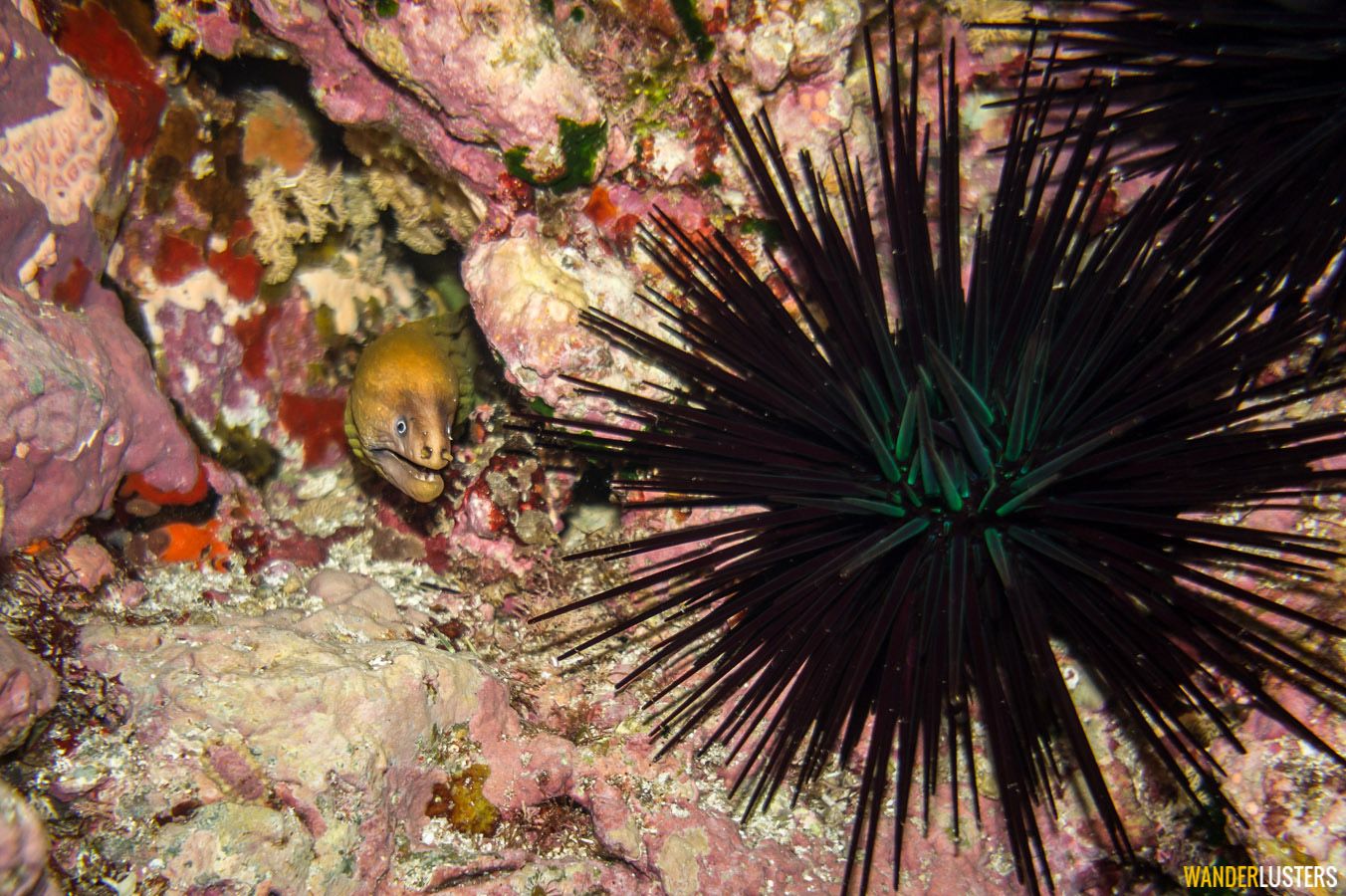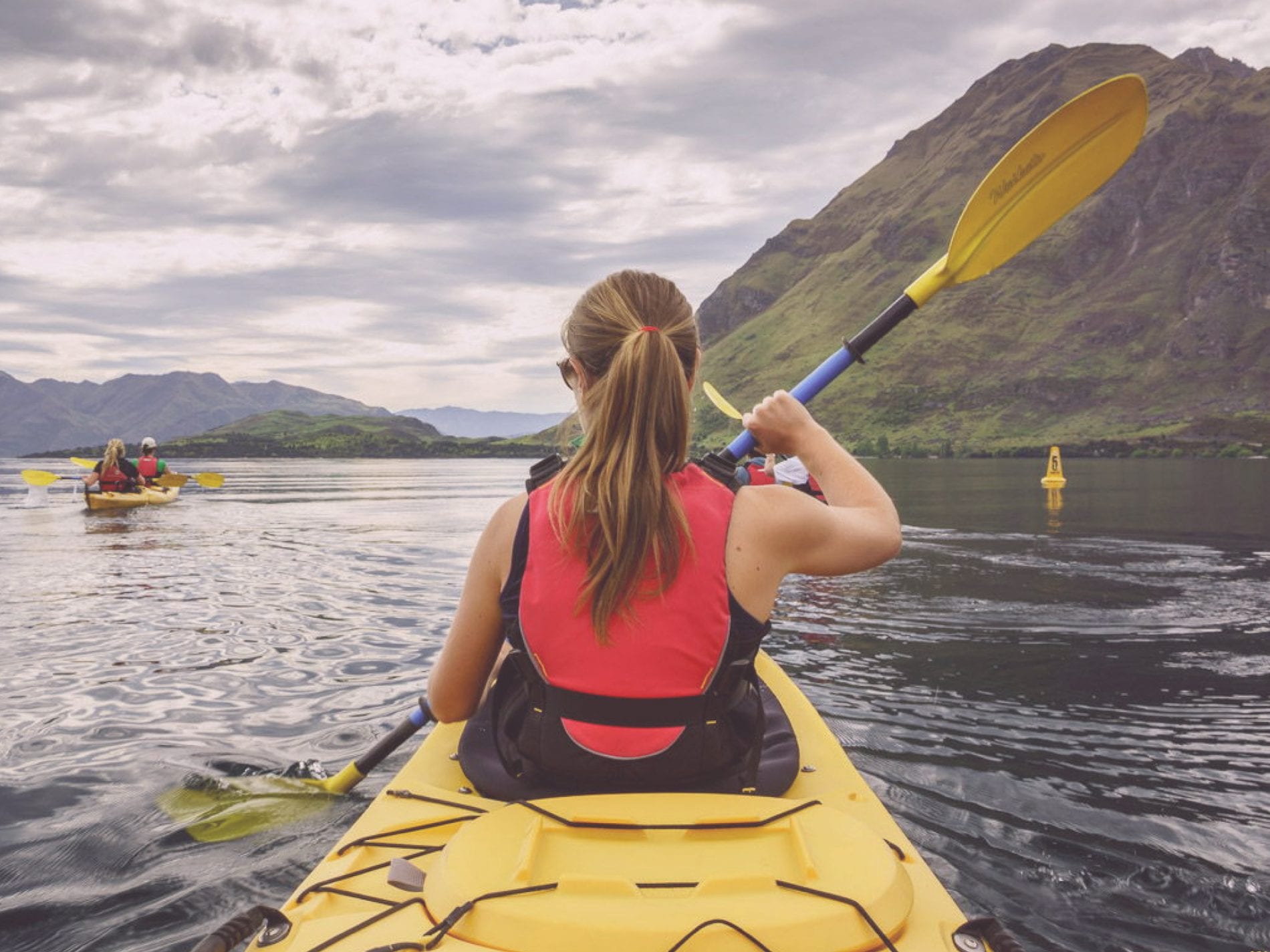The landscapes of wild New Zealand are featured in movies and famed for its beauty.
Although comparable in size to the US state of Colorado, New Zealand encompasses an incredible diversity of landscapes.
From the sub-tropical summers in the north to the frigid winters in the south the weather is just as varied and provides visitors and locals the chance to select their location depending on their desire for more agreeable climates year round.
Ever since the landmass separated from the now defunct super continent Gondwana, it has sheltered a unique assortment of flora and fauna some of which are found nowhere else on the planet.
Reminders of this pre historic era are often visible amongst the horizon. Volcanoes, geysers, glaciers and thick forests litter the landscape and often a truly inspiring view.
Over the past 7 months we’ve been scuba diving at the Poor Knights Marine Reserve in Northland and to see the icebergs and glaciers in the Aoraki/Mount Cook National Park in the south. We’ve driven over the top of mountain ranges, across flat plains and down the Desert Road.
Join us now as we share some of our favourite photographs from our journey so far.
THE COROMANDEL PENINSULA
Named after a British Royal Navy vessel which made port on the peninsula in 1820 to purchase kauri spars – long poles used for ship masts – the Coromandel is known as Auckland’s playground.
A short drive from the big city and you’ve escaped the rat race. Greeted with ocean views, sandy beaches and rugged coastline there is really no fault to find with this remote section of New Zealand’s temperate north.
THE MARLBOROUGH SOUNDS
At the most northerly point on the south island lay the Marlborough Sounds. An extensive network of sea drowned valleys formed as the surrounding land subsided and the sea level rose.
According to Māori legend the sounds are the remnants of a canoe said to have brought the first Maui settlers over from Polynesia, which is why the south island’s name in the Māori language is ‘Te Waka a Maui‘ which means the canoe of Maui.
THE TASMAN GLACIER
The Tasman is one of New Zealand’s largest glaciers which flows south through the Southern Alpine Range. Although flowing for an impressive 27km down towards the vast terminal lake it once stretched over 100km further through the valley.
Over the last 30 years the melt rate has far exceeded Mother Nature’s attempt to restock this colossal mass of ice.
AORAKI / MOUNT COOK
The highest peak in New Zealand Mount Cook looms over the Southern Alpine Range and the neighbouring Tasman Glacier. The famed explorer Abel Tasman first set eyes on this incredible landscape in 1642 and visitors have been marvelling at the rugged slopes and frigid glaciers ever since.
The first recorded European attempt on the summit was made by the Irishman Rev. William S. Green in 1882, although no one was to successfully navigate this giant until 1894. An incredible feat to achieve even in modern times.
While New Zealand boasts a wealth of volcanic activity White Island is the only active marine addition spewing vast amounts of rock and noxious gases into the atmosphere each day.
A 90 minute boat ride will take you out to the tempestuous shores and for those of a brave disposition, and strong constitution, it is possible to hike across the active crater floor. Although we advise using the provided gas mask, the sulphuric stink is quite something!
THE TAUPO VOLCANIC ZONE
Known throughout the world as New Zealand’s volcanic heart the town of Rotorua is alive with activity, and I’m not just referring to the thousands of tourists who visit each year.
Bubbling continuously underneath the concrete streets is a network of geothermal streams, geysers and springs. Mud boils and steam hisses from cracks in the ground and a sickly sulphuric odour fills the air.
Just a few short miles south lies the geothermal reserve of Wai-O-Tapu which offers visitors the chance to get up close to some of the more impressive examples of Mother Nature’s awe inspiring natural designs.
The main attraction is a gigantic thermal hot spring which sparkles azure blue in the sunlight, its vivid orange sinter ledge contrasting against the deep void beneath.
THE POOR KNIGHTS MARINE RESERVE
Adjacent to the coast of Northland the Poor Knights Islands Marine Reserve is a scuba divers haven. Home to an inordinate amount of underwater flora and fauna the diving here is superb. Enriched by the nutrient rich waters which flow south from the neighbouring Great Barrier Reef the reserve offers a sanctuary from the surrounding open ocean.
Sat on the edge of the Continental Shelf the islands within the reserve are the remnants of a volcano and offer an architectural maze of tunnels, caves, overhangs and bubble caves to explore.
We’ve loved every minute of our wild New Zealand road trip and are looking forward to witnessing the change from winter to spring. There’s so much of this fascinating country we’ve yet to see.
What are your favourite locations in New Zealand? Share your comments with us below.

